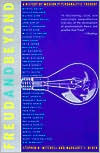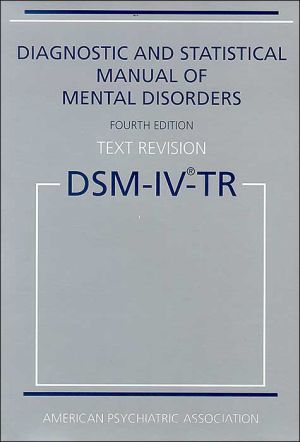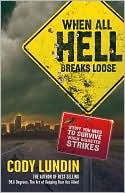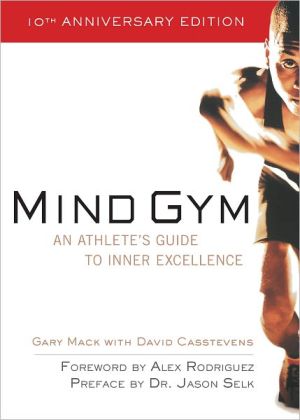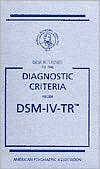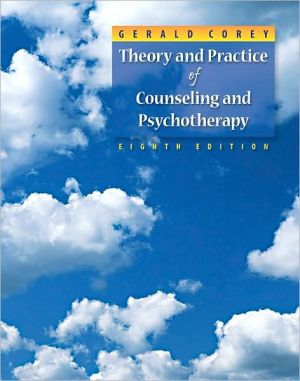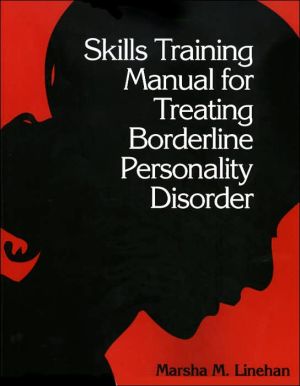Freud and Beyond: A History of Modern Psychoanalytic Thought
Freud’s concepts have become a part of our psychological vocabulary: unconscious thoughts and feelings, conflict, the meaning of dreams, the sensuality of childhood. But psychoanalytic thinking has undergone an enormous expansion and transformation over the past fifty years. With Freud and Beyond, Stephen A. Mitchell and Margaret J. Black make contemporary psychoanalytic thinking—the body of work that has been done since Freud—available for the first time. Richly illustrated with case...
Search in google:
Freud’s concepts have become a part of our psychological vocabulary: unconscious thoughts and feelings, conflict, the meaning of dreams, the sensuality of childhood. But psychoanalytic thinking has undergone an enormous expansion and transformation over the past fifty years. With Freud and Beyond, Stephen A. Mitchell and Margaret J. Black make contemporary psychoanalytic thinking—the body of work that has been done since Freud—available for the first time. Richly illustrated with case examples, this lively, jargon-free introduction makes modern psychoanalytic thought accessible at last. Library Journal Inclusive, integrated, and lively, this book sets a new, high standard as an introduction to contemporary psychoanalysis. The authors, both of whom are respected as teachers, clinicians, and theorists, concisely demythologize Sigmund Freud and engage themselves with a score of his key successors (including five women). Brief biographies and succinct theoretical summaries are fleshed out with clinical examples. Sophisticated but unpretentious, the authors have a grasp of philosophy and history of science and the ability to make sense of the most difficult writers, including Harry Stack Sullivan, Melanie Klein, and Jacques Lacan. Students, therapists, and serious general readers will find this richer than Charles Brenner's An Elementary Textbook of Psychoanalysis (Doubleday, 1974), sounder than Judith Mishne's The Evolution and Application of Clinical Theory (Free Pr., 1993), and more readable than either.-E. James Lieberman, George Washington Univ. Sch. of Medicine, Washington, D.C.
AcknowledgmentsPreface1Sigmund Freud and the Classical Psychoanalytic Tradition12Ego Psychology233Harry Stack Sullivan and Interpersonal Psychoanalysis604Melanie Klein and Contemporary Kleinian Theory855The British Object Relations School: W. R. D. Fairbairn and D. W. Winnicott1126Psychologies of Identity and Self: Erik Erikson and Heinz Kohut1397Contemporary Freudian Revisionists: Otto Kernberg, Roy Schafer, Hans Loewald, and Jacques Lacan1708Controversies in Theory2069Controversies in Technique229Notes225References267Name Index283Subject Index287
\ Library JournalInclusive, integrated, and lively, this book sets a new, high standard as an introduction to contemporary psychoanalysis. The authors, both of whom are respected as teachers, clinicians, and theorists, concisely demythologize Sigmund Freud and engage themselves with a score of his key successors (including five women). Brief biographies and succinct theoretical summaries are fleshed out with clinical examples. Sophisticated but unpretentious, the authors have a grasp of philosophy and history of science and the ability to make sense of the most difficult writers, including Harry Stack Sullivan, Melanie Klein, and Jacques Lacan. Students, therapists, and serious general readers will find this richer than Charles Brenner's An Elementary Textbook of Psychoanalysis (Doubleday, 1974), sounder than Judith Mishne's The Evolution and Application of Clinical Theory (Free Pr., 1993), and more readable than either.-E. James Lieberman, George Washington Univ. Sch. of Medicine, Washington, D.C.\ \
